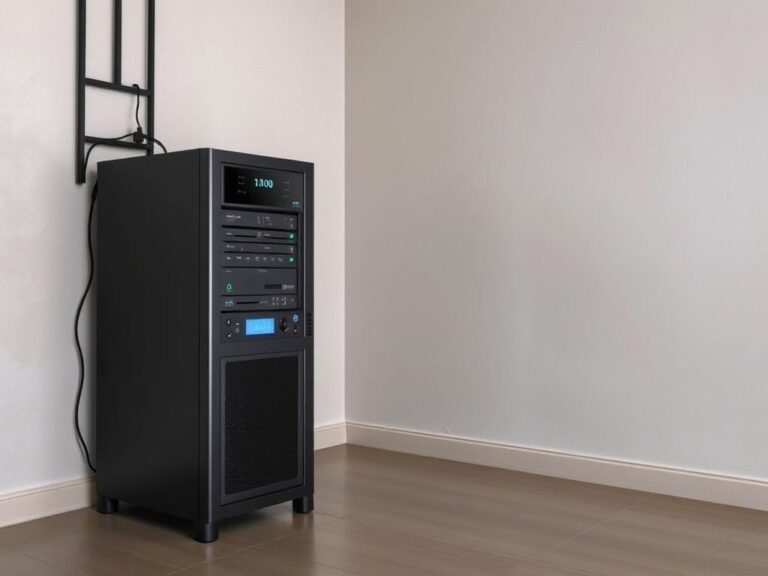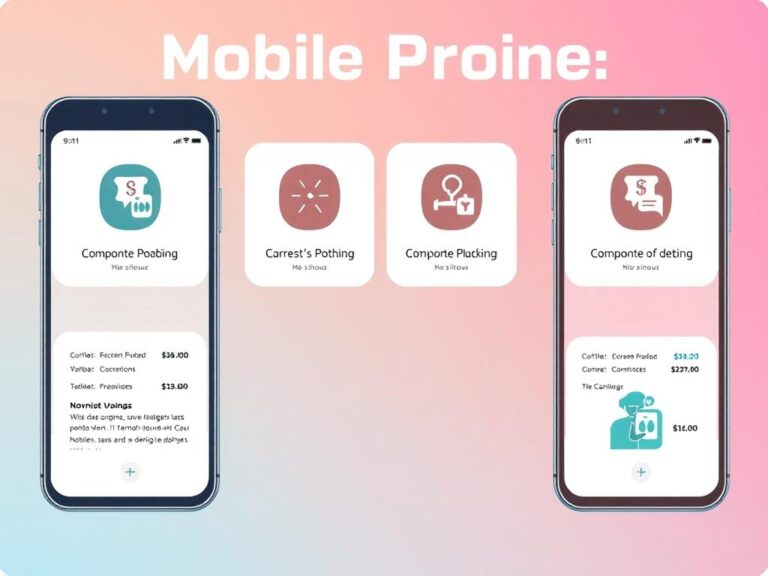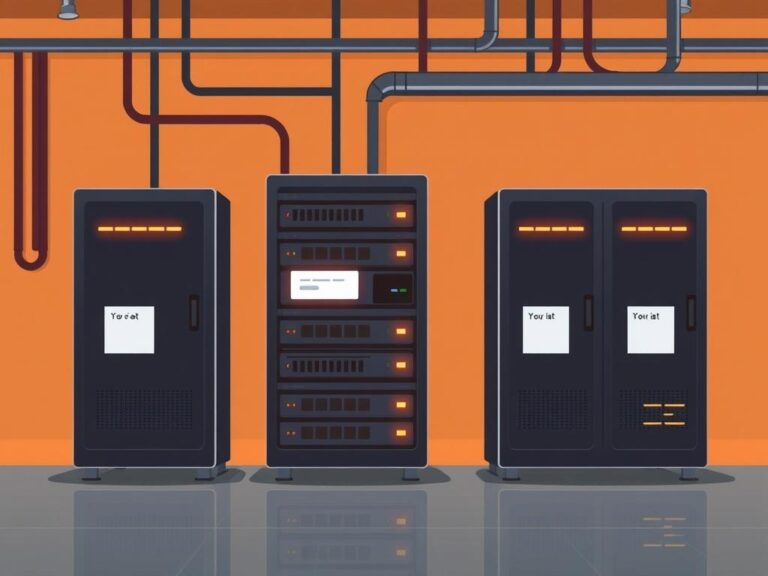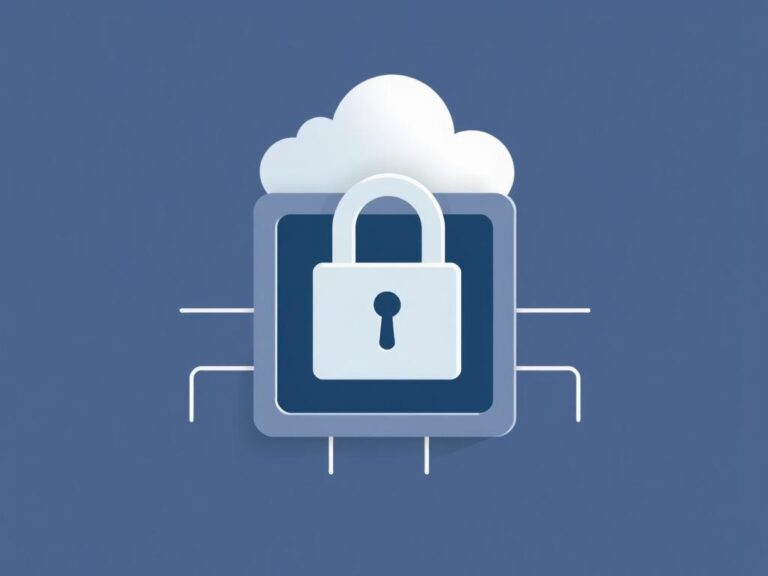
Understanding Crisis Management in Today’s Fast-Paced World
In our modern era, where unexpected events can disrupt businesses and communities in an instant, the art of crisis management has never been more crucial. Daniel C. Moura’s approach to crisis management stands out because it combines strategic foresight with practical application, making it easier for organizations not just to survive crises but to emerge stronger. Many traditional crisis management methods focus solely on damage control, but Moura’s philosophy encourages leaders to view crises as opportunities for innovation and growth. This proactive mindset is a refreshing take in a field often dominated by reactive strategies.
Key Principles Behind Daniel C. Moura’s Crisis Management Strategy
When diving deeper into Daniel C. Moura’s approach, several fundamental principles come to light that distinguish his methodology. First, he emphasizes early detection and preparedness. Moura believes that anticipating potential threats before they escalate is one of the best defenses an organization can have. His approach endorses thorough risk analysis, continuous monitoring, and the creation of dynamic contingency plans.
Second, Moura stresses the importance of communication. Clear, honest, and timely communication is essential for managing public perception and maintaining trust during a crisis. He advocates for a transparent process, where leaders stay connected with both their internal teams and external stakeholders, including the media and customers. Through effective communication, organizations can control the narrative rather than let rumors or misinformation worsen the situation.
Third, Moura’s approach places strong emphasis on leadership agility and emotional intelligence. Crises often create high-pressure environments where decisions must be made quickly. Moura teaches that leaders equipped with emotional resilience and the ability to adapt rapidly to changing circumstances can better guide their teams toward constructive outcomes.
How Daniel C. Moura Applies Technology in Crisis Management

In an age where technology shapes every aspect of business operations, Daniel C. Moura incorporates modern tools into his crisis management framework. He highlights the role of data analytics, artificial intelligence, and real-time communication platforms as invaluable for gaining situational awareness and coordinating response efforts efficiently. By using technology, Moura’s method ensures that leaders can quickly assess evolving threats and make informed decisions.
Here is a table summarizing the technology components central to Moura’s crisis management approach:
| Technology Tool | Purpose | Benefit |
|---|---|---|
| Data Analytics | Identify trends and potential risks | Proactive crisis detection |
| Artificial Intelligence (AI) | Automated threat assessment and scenario planning | Faster decision-making |
| Real-Time Communication Platforms | Maintain constant contact with stakeholders | Transparent and coordinated responses |
| Social Media Monitoring Tools | Track public sentiment and misinformation | Manage reputation effectively |
Step-by-Step: Implementing Daniel C. Moura’s Crisis Management Framework
One of the reasons Daniel C. Moura’s approach has gained recognition is due to its clear, actionable steps. Here’s a breakdown of how organizations can apply his philosophy practically:
- Step 1: Risk Identification
Start with comprehensive risk assessments using both quantitative data and qualitative insights. - Step 2: Preparedness Planning
Develop robust contingency plans tailored to various crisis scenarios, ensuring resources and personnel are ready. - Step 3: Communication Strategy
Craft clear messaging protocols for different stakeholder groups and establish communication chains to prevent delays or misinformation. - Step 4: Leadership Training
Equip leaders with crisis decision-making tools and emotional intelligence training to maintain composure under pressure. - Step 5: Use of Technology
Integrate latest technological tools for monitoring, analysis, and response coordination. - Step 6: Response Execution
Mobilize teams effectively, follow the crisis plan with flexibility, and communicate openly throughout. - Step 7: Post-Crisis Evaluation
Conduct after-action reviews, document lessons learned, and update plans accordingly.
Why Moura’s Emotional Intelligence Emphasis Matters
What sets Daniel C. Moura’s approach apart is his laser focus on the human element in crisis situations. Emotional intelligence (EI) — the ability to understand and manage one’s own emotions as well as empathize with others — is crucial when stress levels spike and tensions rise. Moura teaches that leaders with high EI can foster trust, reduce panic, and encourage collaboration. This reduces internal friction and helps keep teams focused on problem-solving rather than blame. Training programs inspired by his approach often include role-playing exercises and mindfulness techniques designed to cultivate thoughtful, composed leadership.
The Broader Impact of Moura’s Crisis Management Philosophy
Daniel C. Moura’s principles don’t just apply to corporations — they’re equally relevant to government agencies, non-profits, and even community groups. His adaptable framework supports scalability, ensuring that small organizations can utilize elements of his approach, while large corporations can implement it at enterprise scale. This versatility makes his methodology widely valuable across sectors.
Additionally, Moura’s approach encourages a mindset shift. Instead of fearing crises, organizations learn to prepare strategically, communicate effectively, and lead compassionately. This outlook fosters resilience and helps build lasting reputations for reliability and accountability. In industries as varied as healthcare, finance, and education, where crises can have serious implications, Moura’s approach brings clarity and confidence.
Common Challenges and How Moura’s Approach Addresses Them
Every crisis management strategy faces obstacles, but Daniel C. Moura identifies key challenges and offers practical solutions:
- Information Overload: Moura suggests leveraging AI and analytics to filter critical information from noise, enabling leaders to focus on relevant data.
- Internal Resistance: By building strong communication channels and fostering emotional intelligence, Moura’s method reduces workplace conflict and resistance to crisis protocols.
- Public Mistrust: Transparent, honest communication and active engagement with stakeholders mitigate distrust and misinformation.
- Rapidly Evolving Situations: Moura’s emphasis on agility ensures organizations can pivot plans quickly while staying coordinated.
Learning From Real-World Examples
Throughout his career, Daniel C. Moura has applied his crisis management principles to various real-world scenarios, ranging from corporate data breaches to natural disaster responses. For example, when a multinational company faced a sudden supply chain disruption, Moura’s approach helped leaders quickly assess risks and communicate with customers transparently. The result was not only minimized financial loss but also improved company reputation for honesty and responsiveness.
Similarly, during natural disasters, his methods have been used to coordinate government and non-profit responses, ensuring that relief efforts were organized and delivered efficiently. These case studies highlight the practical success of Moura’s crisis management philosophy.
Summary Table: Components of Daniel C. Moura’s Crisis Management Model
| Component | Description | Benefit |
|---|---|---|
| Risk Identification | Analyzing potential vulnerabilities | Enables proactive prevention |
| Preparedness Planning | Developing flexible crisis response protocols | Reduces downtime during crises |
| Communication | Ensuring transparent and timely messaging | Maintains stakeholder trust |
| Leadership Agility | Encouraging quick, thoughtful decision-making | Improves crisis navigation |
| Technology Integration | Using tools for monitoring and response | Increases efficiency |
| Emotional Intelligence | Developing empathetic and resilient leaders | Enhances team cohesion |
Steps to Start Implementing Daniel C. Moura’s Approach in Your Organization
If you’re inspired by Daniel C. Moura’s innovative crisis management style, here are some actionable tips to start applying it today:
- Conduct a risk assessment workshop involving multiple departments to cover all angles.
- Develop clear crisis communication guidelines and assign spokespersons.
- Invest in leadership development programs focused on emotional intelligence.
- Explore technology tools suitable for your organization’s size and industry.
- Run simulated crisis drills to test and refine your preparedness plans.
- Establish feedback loops for continuous learning after any incident or drill.
Conclusion
Daniel C. Moura’s approach to crisis management redefines how we perceive and tackle challenges. By intertwining preparedness, clear communication, technological innovation, and emotional intelligence, his methodology empowers organizations to face crises not as insurmountable obstacles but as catalysts for growth and resilience. Whether you lead a small company or a global enterprise, adopting Moura’s proactive, people-centered tactics offers a way to transform uncertainty into confident action, ensuring that your organization is ready for whatever the future holds. Embracing this approach might very well be the key to turning your next crisis into an opportunity for success.





Recent Comments